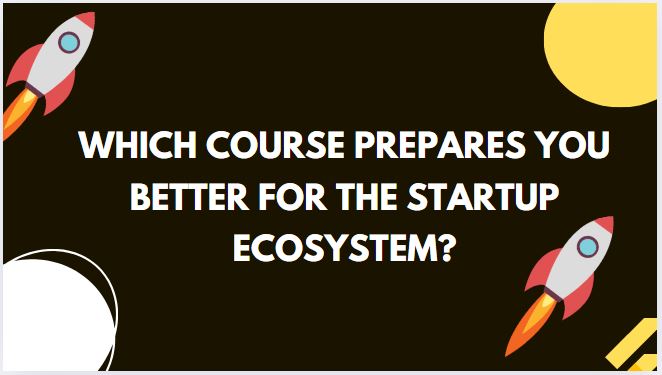In the business world, keeping an eye on your expenses is like having a secret weapon. It’s called Strategic Cost Management, and it’s not as complicated as it sounds.
Controlling costs is crucial for any business to survive and thrive. However, simply cutting costs is not enough. Strategic cost management goes beyond basic cost reduction.
What is Strategic Cost Management?
Imagine you are driving a car. You want to reach your destination in the most efficient way, using the least amount of fuel. Strategic Cost Management is like being a smart driver for your business. It’s about making sure you spend your money wisely to get the best results.
Simply put, it is a plan to control and reduce costs while still achieving your goals. It’s not just about cutting expenses randomly. It’s about making thoughtful decisions to make your business run smoothly without slowing down.
There are four stages of SCM:
- Formulating the Strategies
- Communicating Strategies across the entire organization
- Planning Tactics and Executing Strategies
- Developing Controls and Implementing them to track the success
The Benefits of Strategic Cost Management
Improved Profit Margins
When you manage your costs strategically, you are putting more money in your pocket. Imagine you run a bakery, and you find a way to buy flour at a lower cost without sacrificing quality.
Better Decision Making
Strategic Cost Management helps you see the bigger picture. You become a financial detective, identifying where your money is going and figuring out if it’s worth it. This clarity makes decision-making a breeze.
Increased Competitiveness
In the business race, everyone wants to be the leader. By managing costs strategically, you are ahead of the pack. You can offer competitive prices or invest in better services without breaking the bank. Customers love a good deal, and so does your bottom line.
Adaptability to Change
Strategic Cost Management helps you stay on the ride without losing your lunch. When unexpected challenges come up, you are prepared. You can adjust your costs without panicking, ensuring your business weathers any storm.
Examples of Strategic Cost Management in Action
Supply Chain Optimization
By optimizing your supply chain, you reduce transportation costs and keep your shelves stocked with the latest and greatest toys.
Technology Upgrades
Imagine you own a small tech company. Instead of splurging on the latest gadgets, you invest wisely. Maybe you will find a more cost-effective software solution that does the job just as well. Strategic Cost Management in action – getting the tech without the unnecessary bill.
Energy Efficiency
By investing in energy-efficient equipment or making simple changes like switching to LED lights, you are not only saving the planet but also saving money.
Putting it All Together
Strategic Cost Management is your business’s financial GPS. It guides you, helping you navigate the twists and turns of the market. By making smart choices, you keep your business on track, reaching your goals without burning through your resources.
Whether you are a corner store or a multinational corporation, these principles apply. It’s about making the most of what you have, ensuring your business not only survives but thrives.
Strategic Cost Management helps you make informed decisions, boost profits, and stay ahead of the competition.
Learning Strategic Cost Management
MIT School of Distance Education offers a PG diploma course in financial services. This course adapts you to the best strategic cost management practices.
MITSDE’s top PGDM in banking & financial services course teaches you crucial management concepts and the latest trends in financial services.
With this best PGDM in banking & financial services course, get hired in various roles such as –
- Finance Controller
- Insurance Manager
- Financial Consultant
- Finance Officer
- Chief Financial Officer
- Credit Manager
- Risk Manager
- Equity Analyst
- Portfolio Manager
Simple, strategic, and successful – that’s the power of managing costs wisely. Strategic cost management isn’t a one-time fix. It’s an ongoing process that requires continuous monitoring and adjustment.
With the right knowledge and skills of a PG diploma course in financial services, you can ace SCM like a pro.



